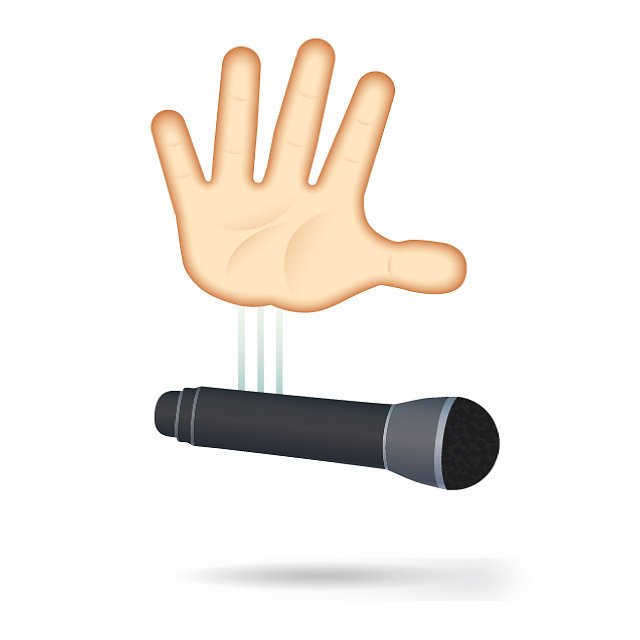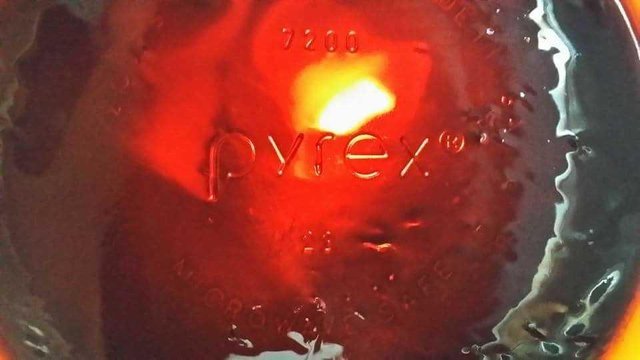Official 1936 USP Lists Cannabis as Approved Prescription Medicine
It is surprising that the medicinal benefits of Cannabis are not universally accepted. Before Enslinger and "Reefer Madness" it had three entries in the Official United States Pharmacopeia (USP). The USP specifies the government's official criteria for acceptance, approval, purity, and standards expected of officially recognized medicines prescribed by licensed physicians.
It describes the acceptable quality of raw Cannabis, as well as the extract and fluid-extract prescribed by physicians. The three entries described standards for raw cannabis, methods and standards for cannabis extract, and methods and standards for fluidextract of cannabis.
An "extract" is made by percolating the dry herbs and evaporating the alcohol. The recommended dose was 15 mg of what we now know as Rick Simpson Oil (RSO). Often the pharmacist would make "pillules" by rolling 15 mg of sticky resin into tiny "pills" for oral administration.
A "fluidextract" is prepared in the same way as an extract, but the alcohol is not evaporated. The recommended dose was 0.1 ml, or about two drops under the tongue.
Approved uses for Cannabis before prohibition are mentioned in Wikipedia:
"Cannabis was entered into the United States Pharmacopeia in 1850, as a treatment for neuralgia, tetanus, typhus, cholera, rabies, dysentery, alcoholism, opiate addiction, anthrax, leprosy, incontinence, snakebite, gout, convulsive disorders, tonsillitis, insanity, excessive menstrual bleeding, and uterine bleeding.[10] It was widely available in pharmacies and even grocery stores during the latter half of the 19th century, priced affordably relative to other drugs with no requirement for a doctor's prescription.[10] Cannabis was commonly sold in tincture form by Parke-Davis, Eli Lilly, E. R. Squibb & Sons, and other drug manufacturers.[12]"
I am the proud owner of this official, stamped copy of the 1936 USP. I thought the 1934 $10 "Greenback" Federal Reserve Note made an appropriate bookmark.
Just think what it meant to someone who stashed a $10 bill...during the Great Depression!!
Note that the alcohol extract listed is essentially what we now call "Rick Simpson Oil" or RSO. This was standard pharmaceutical practice in the early 20th Century. Most local druggists, or more properly "chemists," used this as a guide for preparing RSO in small town drug stores across the country.

Really Good INFO, Thanks... Keep up the Great work!!!
Forgot to put, upvoted and Followed... Have a great one, hope to see more on this topic...
Great post bro! The rick Simpson oil is very medicinal, but it's usually green and can only be consumed from eating it! Personally, I prefer BHO, because it's a cleaner product and more pure! Just a lil dab will do ya! Lol, have a great Sunday man...
Yes, alcohol also dissolves the chlorophyll and some phytochemicals not extracted by butane (or other hydrocarbons). Back before 1936, it was common for the pharmacy to obtain plant material and the "chemist," or pharmacist, to prepare extracts and fluidextracts according to approved recipes spelled out in this book. Obviously alcohol extracts could be used directly since they weren't toxic, and a little 150 proof alcohol probably helped a little ;) I used to work in two old pharmacies that had been in the same locations since 1875! One of the pharmacists was in his 70's and had been compounding plant medicines since the 1920's. We had an old soda fountain and all kinds of cool old bottles of plant extracts stored in the dusty basement. So cool!
I agree. That's what they did in 1936, a few drops under the tongue.
But what did they use it for? Did I miss that? Would be a nice alternative to more toxic medicines.
They used it for many things, including nausea and arthritis. Probably also in many tonics.
Good point! I edited in a quote from Wikipedia.
I think it's cool that the other entries visible on pp. 104-105 include Cantharis, or "Spanish fly," an insect used as an aphrodisiac. Following that is Capsicum, which is basically chili pepper. I use this book as a guide for foods and natural remedies once listed as approved medicines before big synthetic pharma. Note that most new leads came from plants, and the big companies got big when they could make a profit making extracts from crops that could be grown locally (in some cases exotic herbs had to be imported).
Hey @qiyi, are you enjoying steem?
I have found what I was looking for!
No facebook!
I use Google Scholar link.